Bantu People of Kenya
Are you looking for information about Bantu people of Kenya and their tribes - Here are the details. Around 1000 A.D there was a considerable movement into Kenya of Bantu from the south and west.
This movement, which began in the Cameroon area of West Africa, spread far and wide eventually occupying much of eastern and most of central and southern Africa.
The last of the immigrations which has contributed towards the cocktail of cultures now represented in Kenya is that of Arabs and Indians who arrived as traders and railway builders, and became settlers from as early as the third century A.D although the majority have arrived in the last four hundred years
Today the Bantu of Kenya are in the majority - around 60 percent. The Kikuyu (sometimes called Gikuyu), with their close kin the Embu and the Meru, are the most numerous totaling to approximately six and a half million out of Kenya's total population of about 31.5 million.
The next largest groups among the Bantu of Kenya are the Luhya who occupy the three western districts of Busia, Bungoma and Kakamega and who number around three million.
Then, still in numerical order, are the Akamba some two and a half million whose skill in woodcarving is recognized worldwide.
Then come the Gusii from the rich highlands just east of Lake Victoria and the Mijikenda from the Coast.
Each of these two groups number around 1.5 million. The rural Bantu are agriculturalists growing much of the rich coffee for which Kenya is famous and all are noted for their diligence and industry.
BANTU MIGRATION
Who were the Bantu?
The term Bantu refers to group of people who speak the same or similar language with common word “NTU” which means a person.
The Bantu-speaking groups include the Baganda, Banyoro, Batoro in Uganda, Kikuyu, Akamba, Meru, Embu, Taita, Giryama, Digo in Kenya and Pokomo, Chagga, Yao, Segeju, Zaramo in Tanzania, as well as many other smaller groups.
Origins
There are two versions explaining the migration of the Bantu. The first version asserts that the Bantu came from West Africa around the Cameroon Highlands and Baunchi plateau of Nigeria; therefore, this points to the Niger basin as the possible cradle land of the Bantu.
The second version posits that the Bantu came from the Katanga region in Southeastern Congo.
Gradually they spread eastward north of the forest and southward to the forest’s edge near the lower Congo or Zaire and lower Kasai.
The occupation of the north western (Cameroon- Gabon) was fairly slow due to difference in languages. Else where especially in eastern and southern Africa beginning at the edge of the forest, the spread must have been fast due to the relationship in languages.
Description of their movements and settlement
The Bantu is believed to have moved in four groups. These groups were; Interlacustrine Bantu, Central Bantu, Highland Bantu and Southern Tanzania Bantu.
i) Interlacustrine Bantu or Western Bantu
This group was also referred to as the lake region Bantu. They entered East Africa between L. Edward and Albert and settled in the areas North and West of L. Victoria between 1000 – 1300 AD. They were basically agriculturists. Others moved west to Kenya and Eastern Uganda.
ii) Central Bantu
These moved into East Africa between L. Edward and L. Tanganyika and first settled in Central Tanzania between 1000 –1300 AD for example, the Sukuma and Nyamwezi. Others later crossed and settled in Tanzania Plateau and Taita Hills around 1300 AD. Others moved north.
iii) Highland Bantu
These settled in the Kenya Highlands around 1600 –1800 AD. These include the Kamba, Kikuyu, Embu, Chuka.
They probably moved north from the Taita hills. Some writers have suggested that about 1300 the Chuka came up from the Tana river and were the first to arrive in the Mt. Kenya area.
The Embu followed them, about 1425. The last group, the Kikuyu seem to have arrived in the Muranga by the middle of the 16th Century and in Kiambu by the end of the 17th Century.
The migration of the Emba further was halted by the Masaai. The migrations of the Meru and related groups probably began at the Coast.
iv) Southern Tanzania Bantu
This group entered through L. Malawi and L. Tanganyika. They are also believed to Have come from East Africa around 1000 – 1300. This group includes the Bena, Yao, Hehe.
According to the tradition between about 1591 and 1698, the Swahili sections of Kilindini, Changamwe and Tangana moved to Mombasa and formed Kalindini town.
Where they had earlier migrated from Shungwaya because of attacks by the Galla and Somali. The Segeju and various sections of the Mijikenda and other Swahili groups to join the Kilindini group and related peoples on the mainland behind Mombasa later joined them.
The Pokomo and Segeju traditions also suggest the theory of dispersal from Shunguwaya.
The Pokomo say that they descended from Shunguwaya Bantu immigrants. However, due to contacts with other groups, they became a mixed community with Galla, Swahili, Segeju and Somali blood.
The Segeju believed that in the second half of the 7th Century the Galla attacked their ancestors. One group fled to the Lamu islands and nearby areas where they intermarried with the local Swahili to form the present Bajun or Tikuu.
A second group fled to the lower Tana and ancestors of present- day Buu section of the Segeju left the lower Tana and moved to the present homes.
Causes/reasons for the Bantu migration
The reasons for the migration of the Bantu are not known but they most likely included the following;
1. Drought and famine: they moved due to the fear of famine, which broke out due to overcrowding and drought. The climate in their cradle land had become unreliable/unpredictable.
2. Population increase which resulted into over crowding: they migrated due to population pressure, e.g. they became overpopulated in their cradle land. This led to the scarcity of grazing and agriculture land, and so they had to move to look for more land, both for agriculture and for their cattle.
3. The constant attacks (external pressure) from stronger tribes in West Africa and the Nile valley. They moved due to external pressure, especially due to the migration of the Arabs into West Africa. The Arabs were believed to be more hostile, and so Africans were forced to move southwards.
4. Internal conflicts from the Bantu tribes: they migrated due to internal misunderstandings/conflicts between the different clans. These conflicts concerned the ownership of agriculture area, the shortage of grazing lands and watering areas.
5. Epidemics and diseases/natural calamities: the Bantu moved due to natural disasters, e.g. earthquakes, over flooding of rivers like river Niger, sickness, diseases such as Nagana caused by Tsetse flies, sleeping sickness e.t.c.
6. Search for fertile land: since they were predominantly farmers, the Bantu migrated in order to find more land which could be more fertile than the cradle land, which could no longer support them. E.g. they had changed from hunting and gathering fruits, to farming and had even discovered new crops such as yams, banana, and e.t.c
7. Love for adventure: they moved due to their desire for adventure, i.e. they wanted to find out what was happening in other areas.
8. Group influence:
9. Need for water and pasture for their animals.
10. The Bantu migrated in order to export their iron-working culture. They had discovered the knowledge of iron working and had invented iron tools. These iron tools had transformed the agricultural sector by making the clearing of land fro cultivation faster and more efficient.
Effects of the Bantu migration.
The results of the Bantu migration were both positive and negative.
Positive results.
1. Introduction of iron working: they introduced iron-working and the use of iron tools in the interior of East Africa were at first using stone tolls but when iron-smelting was started, there was an increase in food production.
2. Introduction of new crops e.g. yams, bananas: the Bantu introduced and increased the knowledge of food and extensive crop cultivation. Earlier on, the inhabitants of East Africa were food gatherers, but with iron smelting and its results, food production seriously started.
3. Introduction of new language.
4. The absorbed other tribes e.g. the gathers: they led to a widespread Bantu languages of “NTU” prefix in East Africa.
5. They displaced some people. The Ngoni displaced the Yao.
6. They introduced centralized administration: they introduced a centralized system of government whereby the king acted as the overall ruler, under whom were the other chiefs, down to the lay person.
7. Introduced a system of building permanent homes. They opened new land to settlement in families, clans and villages.
8. The knowledge of iron smelting which the Bantu introduced led to the making of hoes and pangas for tilling and clearing land, the bows, arrows and spears for defense and protection.
9. They introduced subsistence agriculture, whereby they grew enough food for home consumption, and the rest could be kept in case of shortages, or be exchanged in barter trade.
10. They led to a rise of large states and bigger tribes in East Africa, e.g. the Baganda, Kikuyu, Nyamwezi. e.t.c
Negative effects.
1. The Bantu migration led to depopulation. This was caused by the frequent attacks made by the Bantu against the people East Africa for land, through wars. Many people died through these wars, e.g. the Zimba would attack people at the coast, kill them, and eat their fresh (i.e. cannibalism).
2. There was loss of culture due to cultural absorption. This was brought about due to Bantu intermarrying with the non- Bantu peoples, whom they came across.
3. There was transformation of languages into new ones. This led to the dying down of some of the Bantu languages, while others remained.
Other Pages of Interest
Kenya Art |
Kenya Festivals |
Kenya Gender Issues |
Kenya Gestures |
Kenya Greetings |
Kenya History |
Kenya Language |
Kenya Literature |
Kenya Modern Culture |
Kenya Music |
Kenya National Anthem |
National Dress Cord of Kenya |
Kenya People |
Kenya Respect |
Kenya Taboos |
Kenya Television and Culture |
Recent Articles
-
Garam Masala Appetizers ,How to Make Garam Masala,Kenya Cuisines
Sep 21, 14 03:38 PM
Garam Masala Appetizers are originally Indian food but of recent, many Kenyans use it. Therefore, on this site, we will guide you on how to make it easily. -
The Details of the Baruuli-Banyara People and their Culture in Uganda
Sep 03, 14 12:32 AM
The Baruuli-Banyala are a people of Central Uganda who generally live near the Nile River-Lake Kyoga basin. -
Guide to Nubi People and their Culture in Kenya and Uganda
Sep 03, 14 12:24 AM
The Nubians consist of seven non-Arab Muslim tribes which originated in the Nubia region, an area between Aswan in southern
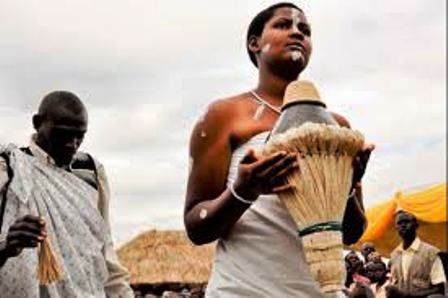
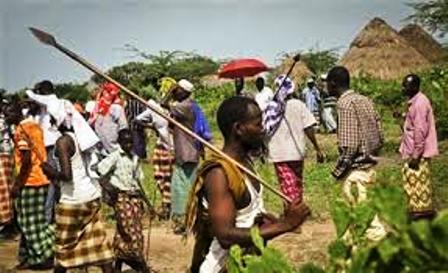
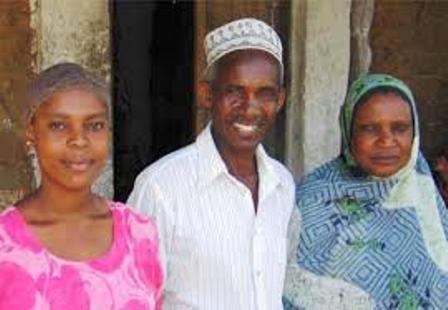
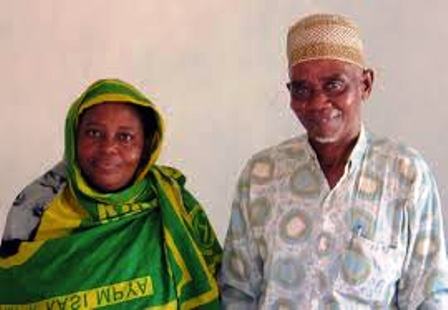
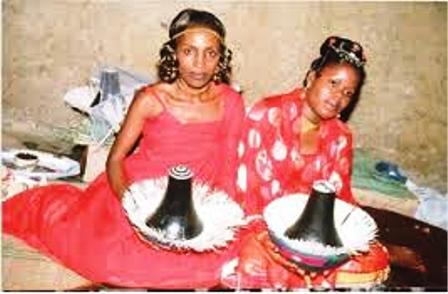
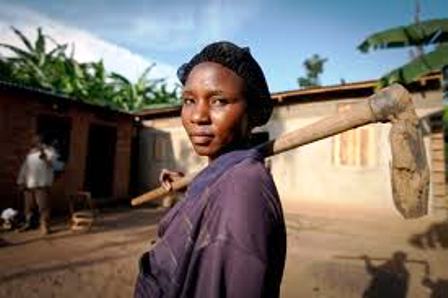
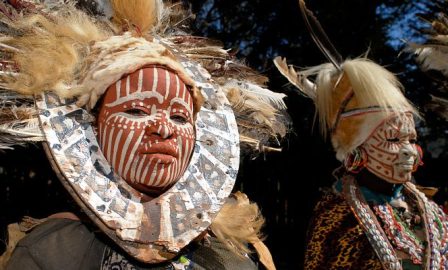







New! Comments
Have your say about what you just read! Leave me a comment in the box below.